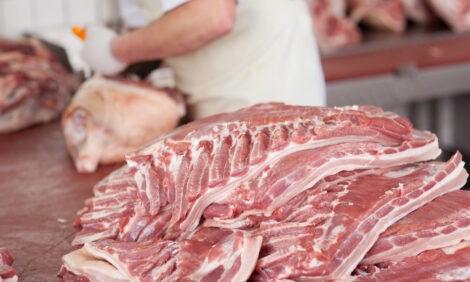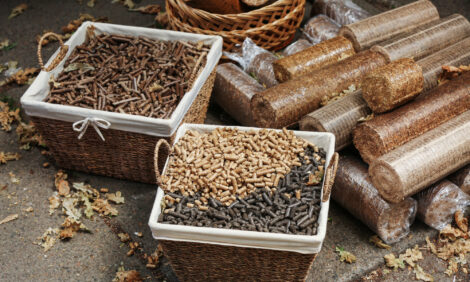



Free-Range Hen Unit: The Perfect Match for Pig Unit
UK - When looking to add another income stream to their pig and arable unit, the Sanderson family decided free-range egg production would be ideal, reports Angela Culvert.When Robin Sanderson, son James and daughter-in-law Lucy Sanderson were looking for a new on-farm enterprise, the obvious choice was to set up a free-range egg unit.
With Robin and James running the pig and arable farm at Morton Grange, Morton on Swale, North Yorkshire, they were looking for a diversification project Lucy could manage that would generate further income and offer a good fit with the existing business.
Lucy was already working in the poultry industry and had a particular interest in free-range hens – so a free-range hen unit seemed to fulfil all the criteria.
Robin, James and Lucy run the 220-acre holding in partnership, fattening cattle and sheep until recent years. The majority of the grassland is now let, with the main focus being breeding, rearing and finishing pigs.
Weaners were brought on to the farm for fattening until 2000, when a 450-sow breeding unit was set up 10 miles away from the main holding. All sow feed is bought in, relying on spot-buying wheat, barely and soya. Wheat and barley grown on the 150 acres of arable land is also fed back to the pigs through a mill and mixer until they reach 35kg. They are then wet fed, making use of liquid co-products.
The pigs are weaned into straw yards and then finished on slats. They are all sold deadweight, to Woodheads, through Yorkshire Farmers.
James said: “Although pig prices have improved slightly lately, we had hoped they would have gone up a lot more by now.
“Feed costs are £25 per pig higher than last year and we are getting just £6 a pig more, so things still have a long way to go. I like pigs and want to stay in them, but we have to be realistic and be able to see a future in them.
The Sandersons applied for planning permission in February 2007 and, in spite of the inevitable delays, building started in the summer and the first birds arrived in October, aged 15 weeks.
They start laying at about 19 weeks and a cycle usually lasts 13 months, meaning this first batch of hens will go just before Christmas. The building is then empty for a month to allow for cleaning, before the whole cycle starts again.
“As free-range poultry was something of my specialist subject, I knew exactly what I wanted and we shopped around for all the equipment and didn’t just buy from one source.
On the downside, there is the risk of disease spread between pigs and poultry, particularly from the soil-borne disease, erysipelas. For this reason, the poultry shed has been situated as far away from the pig buildings as possible and the hens have been vaccinated, which is an additional cost.
There is also no cross-over of staff between the two units and different coloured overalls and wellies are used.
James said: “So far we are extremely pleased with how things are working out. Although we have no imminent plans, we would definitely like to expand the poultry enterprise in the future, depending on what happens with the pig industry.”
View the Farmers Guardian story by clicking here.









